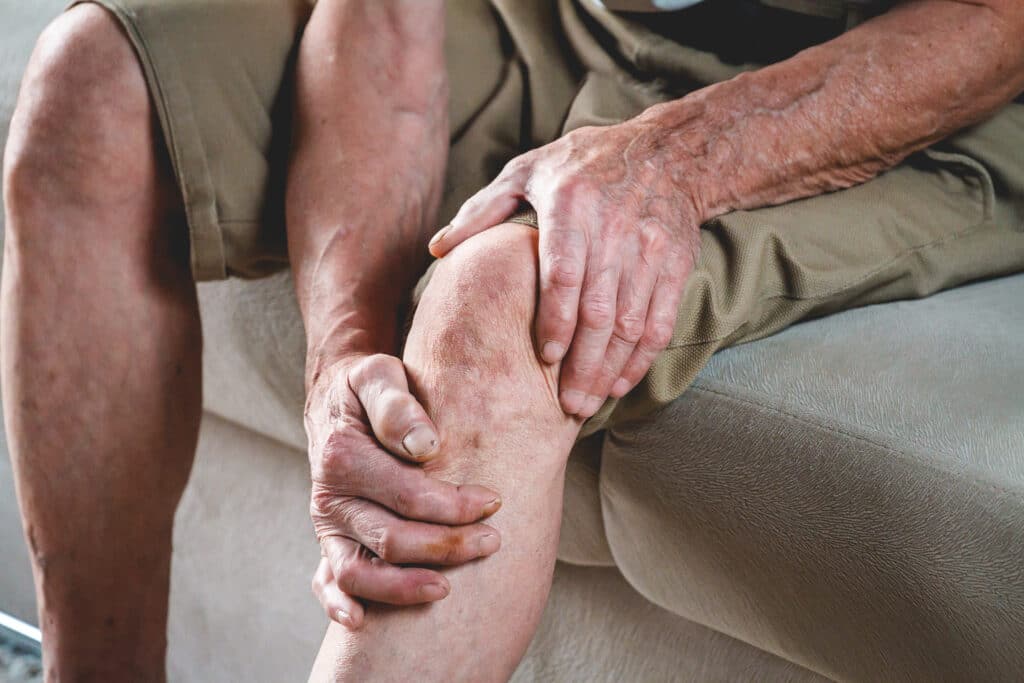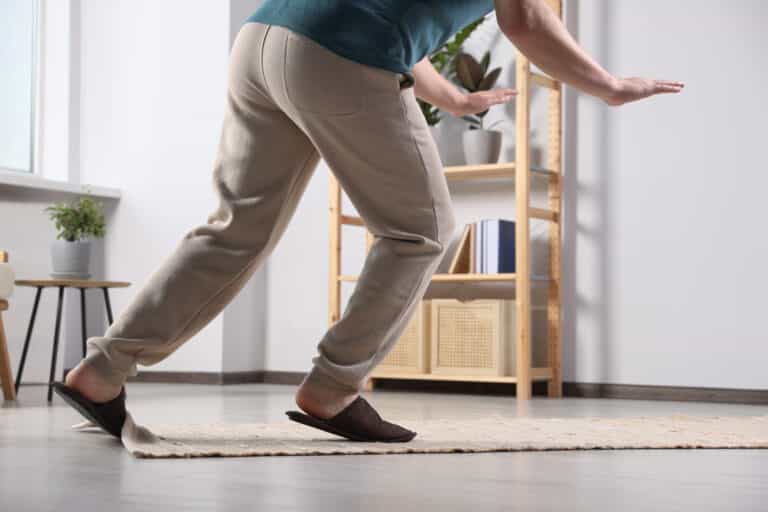If your knee pain impacts your daily life and doesn’t improve with treatment, your doctor may recommend arthroscopic knee surgery. Arthroscopic knee surgery is a popular option today that can relieve pain, improve function, and help you return to your favorite activities.
But how long does it take to recover from arthroscopic knee surgery? And what can you do to speed up the healing process and return to normal activities?
As a physical therapist who has helped many older adults recover from arthroscopic knee surgery, I want every patient to have the most successful recovery possible.
In this article, I’ll share the most important things to know for a successful recovery from surgery, a few exercises to focus on after surgery, and some practical tips on returning to your favorite activities.
What is Arthroscopic Knee Surgery?
In short, arthroscopic knee surgery is a procedure that uses a small camera and tools to diagnose and treat different knee problems. This type of knee surgery is popular for treating many conditions because it is less invasive than other traditional surgery options.
The recovery process and timeline after arthroscopic knee surgery depend on several factors, such as the type and extent of the surgery, your age, health, and fitness level, and the quality of your postoperative care and rehabilitation.
In my experience working with older adults after arthroscopic knee surgery, most people can go home shortly after surgery and resume some basic activities within a few days or weeks. However, it may take several months to fully recover and return to more strenuous activities, such as sports and regular hobbies.
It’s essential to follow the instructions and recommendations of your care team to ensure a successful recovery. You’ll also need to listen to your body, manage your pain and swelling, and gradually restore your mobility and strength.
Let’s start with the first phase of recovery after surgery.
What to Expect After Arthroscopic Knee Surgery
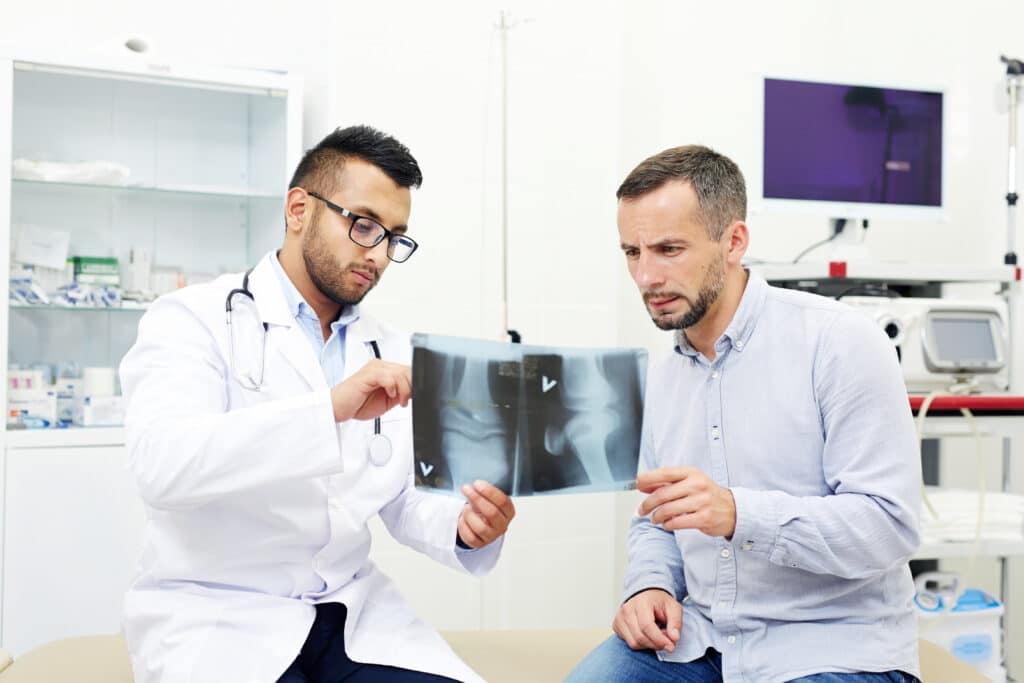
After your arthroscopic knee surgery, you will be taken to a recovery room, where the medical staff will monitor your vital signs and check your knee for any concerning symptoms.
Some pain, stiffness, or numbness in your knee is typical and expected, and you will be given pain medications to help you manage your discomfort. If needed, you will also be taught how to use crutches or a walker to move around safely after surgery.
Depending on the specifics of your surgery, you may be able to go home on the same day or the next day after the surgery. You will need someone to drive you home and stay with you for 24 hours.
Before you leave the hospital, you will receive detailed instructions and recommendations from your surgeon and physical therapist on caring for your knee, managing your pain and swelling, and preventing complications.
In the first few days after your surgery, you may experience some common symptoms such as pain, swelling, bruising, and stiffness in your knee. These are usually mild and temporary and can be treated with medication, ice, elevation, compression, and rest.2
However, some symptoms and complications may indicate a more serious problem and require immediate medical attention. These include:
- Severe or increasing pain that is not relieved by medications or ice
- Excessive bleeding or drainage from the incisions
- Signs of infection, such as fever, chills, redness, warmth, or pus around the incisions
- Difficulty breathing or chest pain
- Swelling in the lower leg or tenderness of the calf are signs of potential DVT.
Call your doctor or seek medical care immediately if you notice any of these complications.
Deep Vein Thrombosis (DVT) Awareness After Arthroscopic Knee Surgery
While focusing on the recovery process from arthroscopic knee surgery, it’s crucial to be aware of potential complications, including deep vein thrombosis (DVT).
DVT refers to the formation of blood clots in the body’s deep veins, commonly in the legs. This condition can be a serious concern following knee surgery, especially for older adults.
Understanding the Risk of DVT
Post-surgical patients are at a heightened risk for DVT due to reduced mobility and changes in blood flow dynamics during and after surgery.
For those recovering from arthroscopic knee surgery, the risk is particularly urgent. The immobility of the knee and the surrounding areas can contribute to slower blood flow, creating an environment conducive to clot formation.
Recognizing the Symptoms
Awareness of DVT symptoms is vital for timely intervention. Symptoms can include:
- Swelling in the leg, ankle, or foot on the side of the surgery.
- Pain or tenderness in the leg, which you might only feel when standing or walking.
- Increased warmth in the area of the leg that’s swollen or painful.
- Red or discolored skin on the leg.
Preventive Measures
The following measures are often recommended to mitigate the risk of DVT.
Early Mobilization
One of the most effective strategies is to get moving as soon as it’s safe post-surgery. As your physical therapist advises, gentle leg exercises can significantly enhance blood flow and reduce clot risks.
Hydration
Adequate fluid intake is crucial. Dehydration can contribute to blood thickening, increasing the risk of clot formation.
Compression Stockings
These can be particularly effective in promoting blood flow in the legs, reducing the chances of clot formation.
Blood Thinners
In some cases, your doctor may prescribe anticoagulants or blood thinners, especially if you have a history of DVT or other risk factors.
How to Manage Pain and Swelling After Arthroscopic Knee Surgery
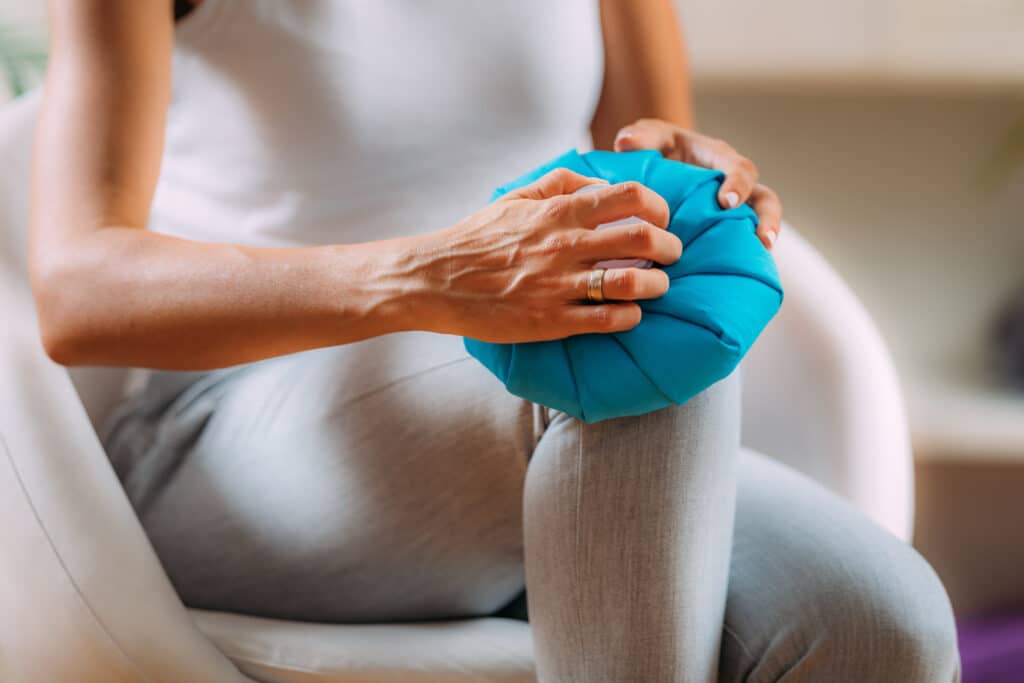
Pain and swelling are among the most common and unpleasant effects of arthroscopic knee surgery. Pain and swelling can interfere with your recovery and limit mobility and function. Therefore, managing your pain and swelling effectively and safely after surgery is essential.
Proper Medication Use
The first step to managing your pain and swelling is to take the pain medications and antibiotics prescribed by your doctor. Pain medications can help you reduce discomfort and inflammation, while antibiotics can help you prevent infection.
Follow the dosage and frequency instructions carefully, and do not take more than the recommended amount. Also, be aware of the potential side effects and interactions of your pain medications and antibiotics, such as nausea, drowsiness, and constipation.
If you experience any of these side effects or interactions, contact your doctor or pharmacist for help.
Manage Pain and Swelling
Applying ice to your knee is the second step to managing your pain and swelling. Ice can help you lessen your discomfort and reduce your swelling and inflammation. You can use an ice pack, a bag of frozen peas, or a towel wrapped around ice cubes to apply ice to your knee.
Place the ice on your knee for 10 to 20 minutes, up to every hour, as needed. Do not apply ice directly to your skin or leave it on too long, which may cause frostbite or damage your tissues. Also, protect your incisions and dressings from getting wet or contaminated by the ice.
Use Compression
The third step to manage your pain and swelling is to elevate and compress your knee. Elevation and compression can help you improve blood circulation and reduce swelling and fluid accumulation.
To elevate your knee, place one or multiple pillows under your leg so your knee is higher than your heart.
Many patients prefer ice and elevation after an exercise session to help with increased pain or swelling afterward. However, I have also worked with many patients who don’t need ice or elevation after exercise. Make sure to listen to your body and only use ice when you feel it’s helping with your recovery.
Wear an elastic bandage or a compression sleeve around your knee to compress your knee, as instructed by your doctor or physical therapist. Do not wrap or tighten the bandage or sleeve too much, and make sure to remove the bandage or sleeve periodically to check your skin and circulation.
How to Restore Mobility and Strength After Arthroscopic Knee Surgery
Restoring your mobility and strength is one of the most critical and challenging aspects of your recovery after arthroscopic knee surgery. Mobility and strength are essential for knee function, stability, and overall health and well-being.
Physical therapy and exercise can help you improve your range of motion, flexibility, and strength of your knee and the surrounding muscles after surgery.3
They can also help you reduce pain and swelling, prevent stiffness and scar tissue formation, and enhance your balance and coordination after surgery. Physical therapy and exercise can also help you reduce your risk of reinjury after arthroscopic knee surgery.
Most of my patients start their physical therapy and exercise program as soon as possible after surgery, usually within the first 24 to 48 hours.
During the first few sessions, your physical therapist will evaluate your knee condition and design a personalized plan that includes various exercises, manual therapy, and functional training. Your physical therapist will monitor your progress and adjust your schedule accordingly.
The Best Exercises For Arthroscopic Knee Surgery Recovery
Although the best exercises for you will depend on your specific needs, some exercises are commonly done after arthroscopic knee surgery during the initial stage of recovery.
Always consult your doctor and physical therapist before starting any exercise program, and stop immediately if you feel any pain or discomfort.
Ankle Pumps
- Sit on your bed with your legs straight and your ankles hanging off the edge.
- Move your ankles up and down as if you are pressing a gas pedal.
- Repeat 10 to 20 times every hour during the first few days of your recovery.
Quad Sets

- Lie on your back with your legs straight.
- Tighten the muscles on the front of your thigh and press the back of your knee into the bed.
- Hold for 5 seconds, then relax.
- Repeat 10 to 20 times, 2 to 3 times per day.
Heel Slides
- Lie on your back with your legs straight.
- Bend your operated knee and slide your heel toward your buttock as far as possible.
- Then, slide your heel back to the starting position.
- Repeat 10 to 20 times, 2 to 3 times per day.
Knee Extensions
- Sit on a chair with your feet flat on the floor.
- Slowly straighten your knee as much as possible, then bend it back to the starting position.
- Repeat 10 to 20 times, 2 to 3 times per day.
Knee Flexion
- Sit on a chair with your “good” foot on the ground and your operated leg’s heel on a small towel.
- Slide your operated foot backward, bending your knee as far as possible, then slide your foot forward, straightening your knee.
- Repeat 10 to 20 times, 2 to 3 times per day.
Mini Squats
- Stand with your feet shoulder-width apart and hold onto a stable surface, such as a chair or a table.
- Slowly bend your knees and lower your body a small, pain-free distance, keeping your back straight and your heels on the floor.
- Slowly rise to the starting position.
- Repeat 10 to 20 times, once or twice per day.
Step-Ups
- Stand in front of a low step or a stool, about 4 to 6 inches high.
- Place the foot of your surgical leg on the step and lift your body up, straightening your knee.
- Lower your body down, bending your knee.
- Repeat 10 to 20 times, once or twice per day.
Your physical therapist will be able to identify what exercises you need, assess how you perform them, and make changes to your exercise plan to ensure you get the most benefit possible from exercise.
How to Return to Recreational Activities After Arthroscopic Knee Surgery
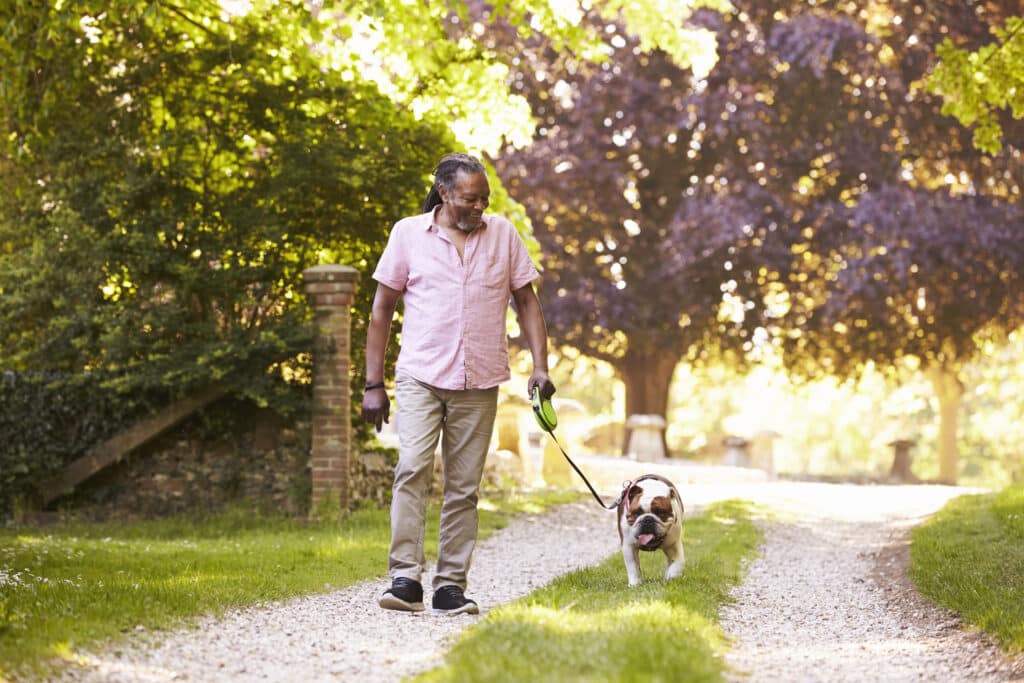
One of the most common and rewarding goals of many people with arthroscopic knee surgery is to return to their recreational activities, such as sports and hobbies.
Recreational activities can help you maintain physical and mental health and social and emotional well-being. However, returning to recreational activities after arthroscopic knee surgery requires planning, effort, and patience.
The factors that affect your return to recreational activities after arthroscopic knee surgery include the surgery performed, the activity you are returning to, your age, fitness level, and your overall expectations.
Generally, most people can return to low-impact activities, such as walking, cycling, swimming, or golfing, within 6 to 8 weeks after arthroscopic knee surgery.
However, depending on your recovery and your physical therapist’s advice, returning to high-impact activities, such as running, jumping, or high-impact sports, may take longer.
There are some general guidelines to follow to ensure a safe and successful return to recreational activities after arthroscopic knee surgery.
Guidelines to Return to Activity
Obtain clearance from your doctor and physical therapist before resuming any recreational activity. They will assess your knee condition and function and advise you on the appropriate type, level, frequency, and exercise duration.
Start with low-impact and low-intensity activities, and gradually increase the impact and intensity as your knee heals and strengthens. Do not rush or overdo your activity, as this may cause pain, swelling, or injury to your knee.
Warm up before and cool down after your activity. Warming up can help prepare your muscles and joints for the activity while cooling down can help prevent stiffness and soreness afterward. You can warm up and cool down by doing gentle stretches and exercises for your knee and the surrounding muscles.
Wear appropriate footwear and equipment for your activity. Footwear and assistive gear can help you protect your knee and prevent further damage or injury.
For example, you can wear shoes that provide adequate cushioning and support for your feet and ankles or use a brace or a sleeve to stabilize and compress your knee, as your healthcare provider recommends.
The most critical factors are gradually increasing activity over time, listening to your body, and working closely with your doctor or physical therapist to ensure you reach your goals as effectively as possible.
Key Takeaways
- Arthroscopic knee surgery is a minimally invasive procedure that can help relieve pain, improve function, and prevent further damage to your knee joint.
- The recovery process and timeline after arthroscopic knee surgery depend on several factors, such as the type and extent of the surgery, your age, health, and fitness level, and the quality of your postoperative care and rehabilitation.
- To ensure a successful recovery, follow the instructions and recommendations of your doctor and physical therapist for managing your pain and swelling, restoring your mobility and strength, and returning to recreational activities.
- To return to your recreational activities after arthroscopic knee surgery, you need to obtain clearance from your doctor and physical therapist, start with low-impact and low-intensity activities, and gradually increase impact and intensity as your knee recovers.
- Most importantly, be patient and consistent during your recovery. Arthroscopic knee surgery can help you improve your quality of life and enjoy your activities again. It may take some time and effort to achieve the best possible outcomes.
References:
- Siemieniuk RAC, Harris IA, Agoritsas T, Poolman RW, Brignardello-Petersen R, Van de Velde S, Buchbinder R, Englund M, Lytvyn L, Quinlan C, Helsingen L, Knutsen G, Olsen NR, Macdonald H, Hailey L, Wilson HM, Lydiatt A, Kristiansen A. Arthroscopic surgery for degenerative knee arthritis and meniscal tears: a clinical practice guideline. BMJ. 2017 May 10;357:j1982. doi: 10.1136/bmj.j1982. PMID: 28490431; PMCID: PMC5426368.
- Knee Arthroscopy: What to Expect at Home. Kaiser Permanente.
- Stensrud S, Risberg MA, Roos EM. Effect of exercise therapy compared with arthroscopic surgery on knee muscle strength and functional performance in middle-aged patients with degenerative meniscus tears: a 3-mo follow-up of a randomized controlled trial. Am J Phys Med Rehabil. 2015;94(6):460-473. doi:10.1097/PHM.0000000000000209

